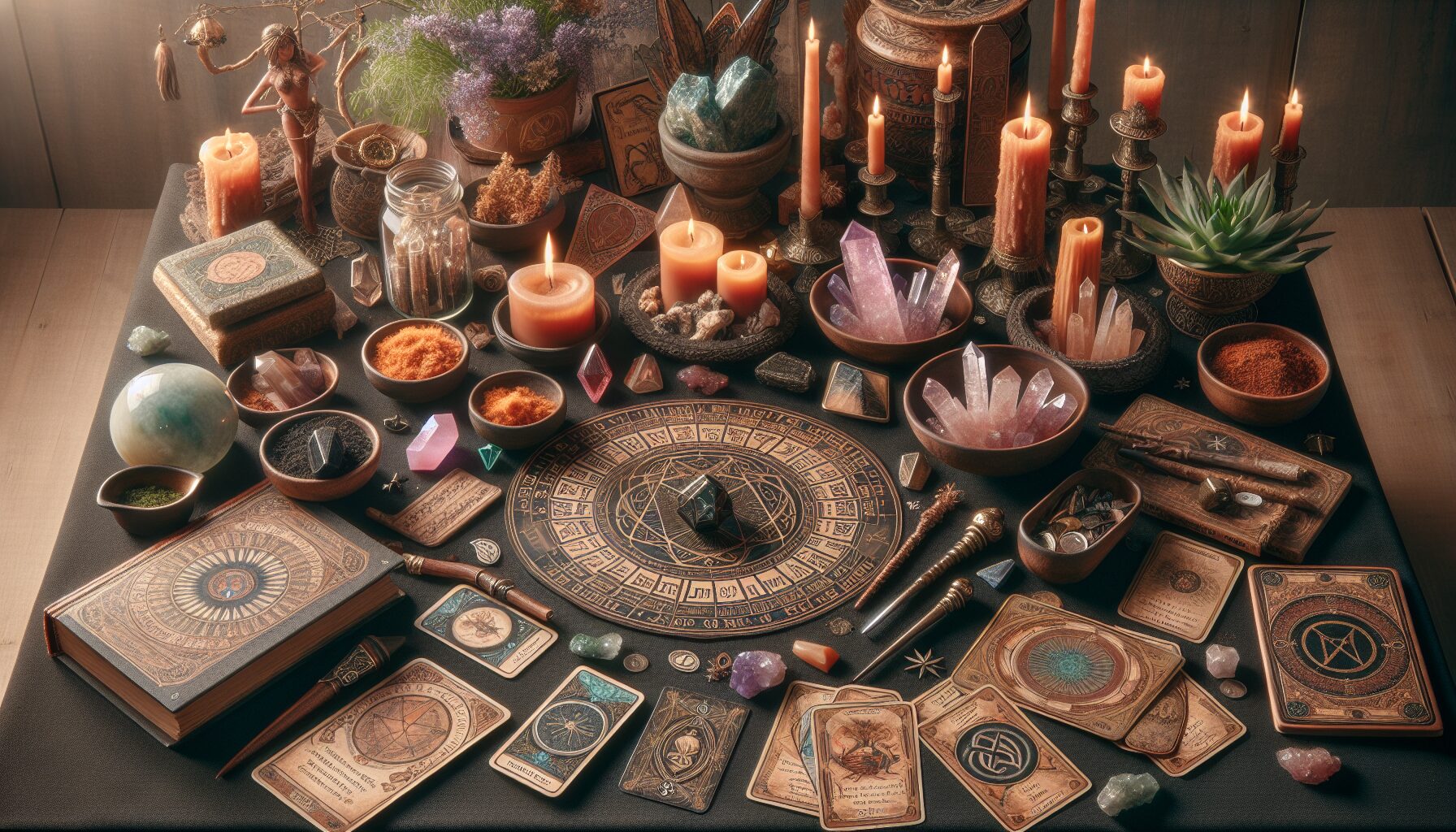In an age where technology distracts and busyness prevails, the pursuit of spiritual depth often seems elusive. Yet, for the modern mystic, the search for inner peace and deeper understanding continues unabated. This journey involves secret practices that may seem ancient but remain relevant in fostering personal growth and connection with the divine.
The Call of the Mystic
Throughout history, mystics have been individuals committed to the exploration of inner worlds and the cultivation of spiritual wisdom. This path isn’t fixed by religious affiliation; rather, it is a personal journey that transcends dogma. The modern mystic is often characterized by a deep sense of intuition, a quest for authenticity, and a yearning for meaning in an increasingly complex world.
“Mysticism, in its simplest and most general definition, is the search for intercourse with the divine, which leads to the communion, or even identification, of the soul with it.” – William Ralph Inge
Secret Practices of Mystics
Though the world has evolved in countless ways, mystical practices have persisted, adapting to suit the new environments of their practitioners. Here are some of the timeless practices that are gaining renewed interest among the modern mystics:
1. Meditation and Contemplation
Meditation is perhaps the most widely recognized mystical practice. Many spiritual traditions emphasize the importance of meditation in quieting the mind and opening the heart to divine presence.
- Mindfulness Meditation: The practice of being present and fully engaged with the current moment without judgment.
- Transcendental Meditation: A form of silent mantra meditation developed by Maharishi Mahesh Yogi.
- Contemplative Prayer: Practiced particularly in Christian mysticism, it involves silent awareness and an intimate dialogue with the divine.
Contemplation goes hand-in-hand with meditation. It involves deep reflection and immersion in spiritual texts or the natural world, allowing insight to emerge. As Thomas Merton, a prominent mystic, once said:
“Contemplation is the highest expression of man’s intellectual and spiritual life. It is that life itself, fully awake, fully active, fully aware that it is alive.” – Thomas Merton
2. Sacred Sound and Chanting
The use of sound in mystical practice is rooted in the belief that sound vibrations can alter consciousness and connect the practitioner with the divine. From OM, the primal sound in Hinduism, to Gregorian chants in Christianity, sacred sounds hold a special place in the mystic traditions.
- Kirtan: A form of call-and-response chanting, originating from the Indian saint tradition.
- Gregorian Chant: A methodical and spiritual form of singing developed by Western Christians.
- Sound Healing: Utilizing instruments like singing bowls and gongs to induce meditative states and healing.
3. Rituals and Symbols
Rituals serve as powerful conduits for mystical experiences, often utilizing symbols imbued with personal or collective significance. These could be as elaborate as ceremonial magic or as simple as lighting a candle.
- Ceremonial Magic: Complex rituals that often employ the four elements—earth, air, fire, and water.
- Simple Altar Creation: Establishing a sacred space with objects that hold personal spiritual significance.
- Moon Phases: Conducting rituals in accordance with lunar phases is an ancient practice that continues to captivate the modern mystic.
4. Nature Immersion
Mystics often find the divine in the natural world, where the perceived separation between the divine and mundane is blurred. Many modern mystics make nature a significant part of their practice, following the footsteps of thinkers like Henry David Thoreau.
“Heaven is under our feet as well as over our heads.” – Henry David Thoreau
Practices include:
- Forest Bathing: A Japanese practice known as Shinrin-yoku, immersing oneself in the forest atmosphere.
- Solitary Retreats: Time spent alone in nature to foster deep contemplation and spiritual awakening.
5. Dreamwork
Dreams have long been seen as gateways to the subconscious and the divine. Many mystics engage in dreamwork to gain insights and guidance.
- Lucid Dreaming: The practice of becoming aware of the dream state, allowing conscious interaction within the dream.
- Dream Journaling: Recording dreams shortly after waking to capture the elusive messages conveyed.
The Guided Path
The journey of the modern mystic is both personal and universal, a path that fosters both individuality and a collective awakening. While secret practices offer tools for the journey, they are not ends in themselves. The ultimate goal remains transformative and profound—to strip away illusions and perceive the divine unity in all.
In fostering this journey, mystics often gain not only personal peace but also contribute profoundly to a more conscious and connected society. As the world continues to change rapidly, the secret practices of mystics old and new will undoubtedly continue to guide us toward deeper understanding and enlightenment.
For more insights and resources on mysticism, consider visiting platforms like The Mystic or Spirituality and Practice, where ancient wisdom meets modern seekers.




